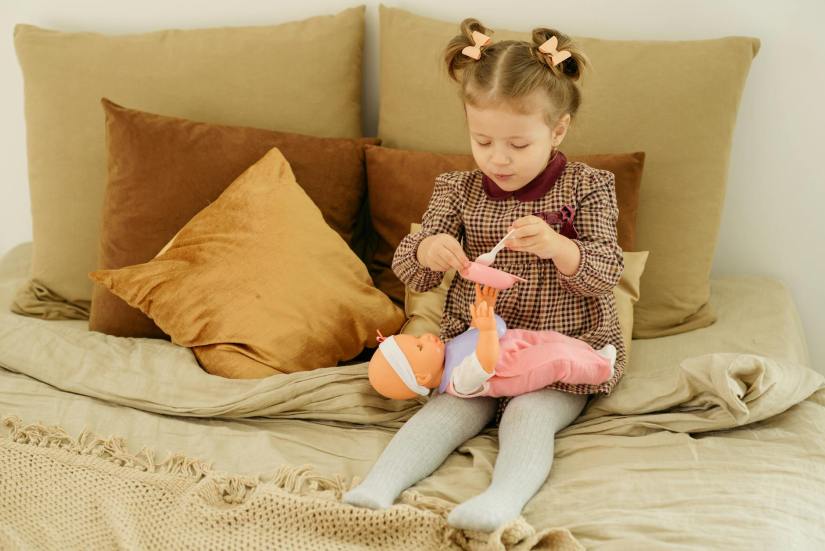AI in speech therapy is transforming how speech-language pathologists assess, engage, and personalize care for their clients. AI provides effective tools. These range from real-time transcription and speech recognition to customized therapy plans and remote monitoring. These tools enhance accuracy, efficiency, and accessibility. This post explores key AI tools and applications that support therapists in delivering tailored, effective treatments.

Key players in the field are developing AI solutions targeting common challenges in speech-language pathology. These innovations offer new ways to address and better manage conditions ranging from autism to neurodegenerative diseases. As AI continues to evolve, it holds the promise of becoming an indispensable ally in enhancing speech therapy services.
AI in Speech Therapy: Transforming Assessment
AI in speech therapy is reshaping the field by streamlining diagnosis, enhancing treatment effectiveness, and personalizing interventions. Through tools that analyze speech patterns, transcribe speech in real-time, and predict therapy outcomes, AI supports more efficient, customized care.
For speech therapists, AI means greater access to innovative speech and language tools. For instance, automated speech recognition is a powerful application that helps identify and understand speech patterns. Google’s Speech-to-Text feature uses AI to transcribe spoken language into text instantly. This helps speech therapists save valuable time on documentation and note-taking during evaluations. By automating transcription, therapists can focus more on dynamic assessment, improving efficiency and reducing administrative workload.
How AI Enhances Diagnostic Precision and Progress Monitoring
AI enables machines to perform tasks that traditionally require human intelligence. In healthcare, AI analyzes large datasets to identify patterns and make informed decisions that improve diagnostic accuracy and treatment planning.
An example of this in speech therapy is utilizing AI-driven speech recognition software. It analyzes a child’s speech sounds during an assessment. The AI system can instantly identify patterns, such as difficulty producing certain phonemes, and provide real-time feedback to the therapist. This insight allows the therapist to quickly pinpoint specific speech sound errors and design a personalized intervention plan.
AI can track a client’s progress across multiple sessions, highlighting improvements in specific speech sounds or fluency measures. For instance, if a child is working on improving /s/ and /z/ sounds, the AI tool can analyze data from each session and provide progress reports.
Remote Monitoring & Accessibility
AI technology enables therapists to monitor client progress remotely, providing increased flexibility in therapy delivery. With AI-powered platforms, speech-language pathologists can access real-time data on a client’s performance, allowing for timely adjustments to therapy plans.
The Amplio platform offers comprehensive tools for speech therapy, focusing on various speech-language disorders. It provides resources for therapists and helps track client performance through its AI capabilities. Amplio’s technology supports personalized interventions and is used across numerous school districts in the U.S.
Advanced AI Tools for Enhancing Interventions

AI in speech therapy also brings engaging, personalized elements that motivate clients and support continuous improvement:
- Gamified Learning: Gamified Learning: Speech Blubs is an AI-powered app designed to help children develop their speech and language skills through interactive and engaging activities. The app uses voice recognition technology to provide instant feedback as children practice pronouncing sounds and words. With a variety of games, videos, and fun activities that encourage repetition, Speech Blubs makes learning enjoyable for young clients.
- Virtual Assistants for Conversational Practice: Replika is an AI-driven virtual assistant that simulates natural conversations. Users can engage in dialogue with Replika, practicing their conversational skills in a low-pressure environment. This tool allows clients to improve their communication abilities by participating in realistic conversations, enhancing fluency and language processing skills.
- Biofeedback Mechanisms: In articulation therapy, biofeedback tools can display a real-time visual model of a client’s tongue position and movements. For example, when working on the /r/ sound, the client can see their tongue’s position in real-time, allowing them to adjust it based on immediate visual feedback and improve accuracy more effectively.
Maximizing Efficiency: How ChatGPT Streamlines Time Management in Speech and Language Practices

ChatGPT and other AI tools offer valuable support in speech therapy practices by streamlining tasks and enhancing productivity. From generating therapy plans to simplifying documentation, these tools help speech therapists create, organize, and communicate more efficiently. Here are practical ways ChatGPT can be used to improve various aspects of a speech therapy practice:
- Therapy Planning for In-Person or Virtual Sessions: Use AI to generate creative therapy activities. Tailor these activities to client goals and adjust for articulation, language, or fluency. Adapt them for either virtual or in-person delivery.
- Writing General Emails to Families: Draft professional, clear, and supportive emails for families. The goal is to communicate updates, provide resources, and share strategies for at-home practice.
- Writing Progress Notes: Quickly generate concise, structured progress notes. Include summaries of session activities and client performance. Highlight areas for continued focus. This helps to save time and maintain professional documentation.
- Recap Sessions: Input the data and then let AI take it from there for SOAP notes!
Conclusion: Embracing AI in Speech Therapy
The integration of AI in speech therapy offers innovative tools. These tools enhance diagnostic accuracy and streamline treatment planning. They also improve the overall therapeutic experience. By harnessing the power of AI, therapists can create customized therapy plans. They can monitor client progress remotely. Report writing is simplified, all of which contribute to more effective and personalized care. The field is continuing to evolve. Professionals interested in the latest AI developments can find valuable resources through organizations like the American Speech-Language-Hearing Association (ASHA). They can also visit websites dedicated to AI in healthcare. For more information, consider checking out ASHA’s resources on technology in speech-language pathology.
Nanette Cote is an ASHA certified speech pathologist, published author, and private practice business owner with 30 years experience.

































